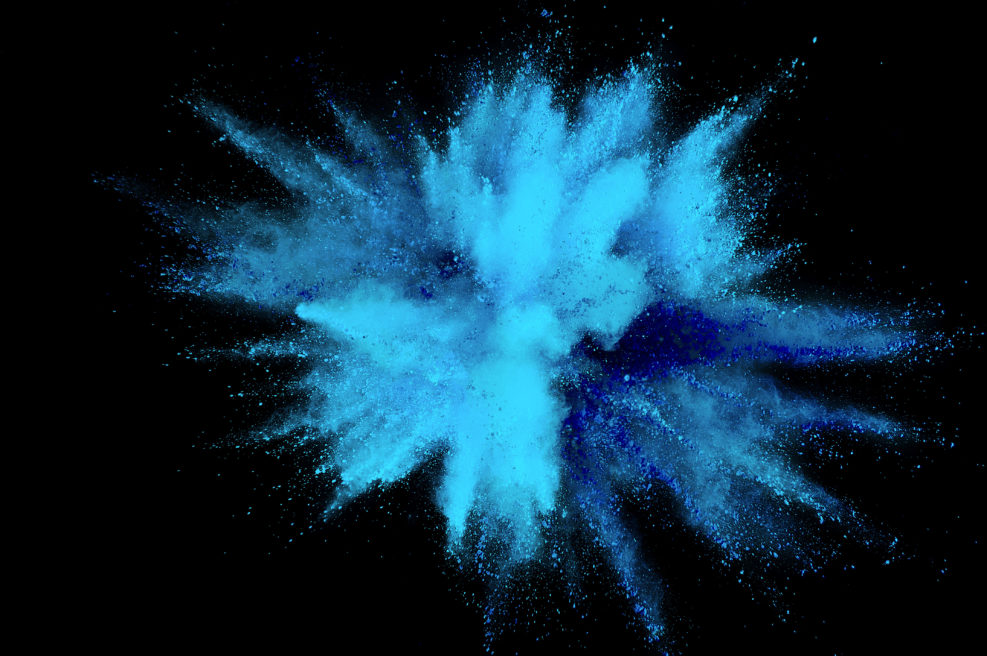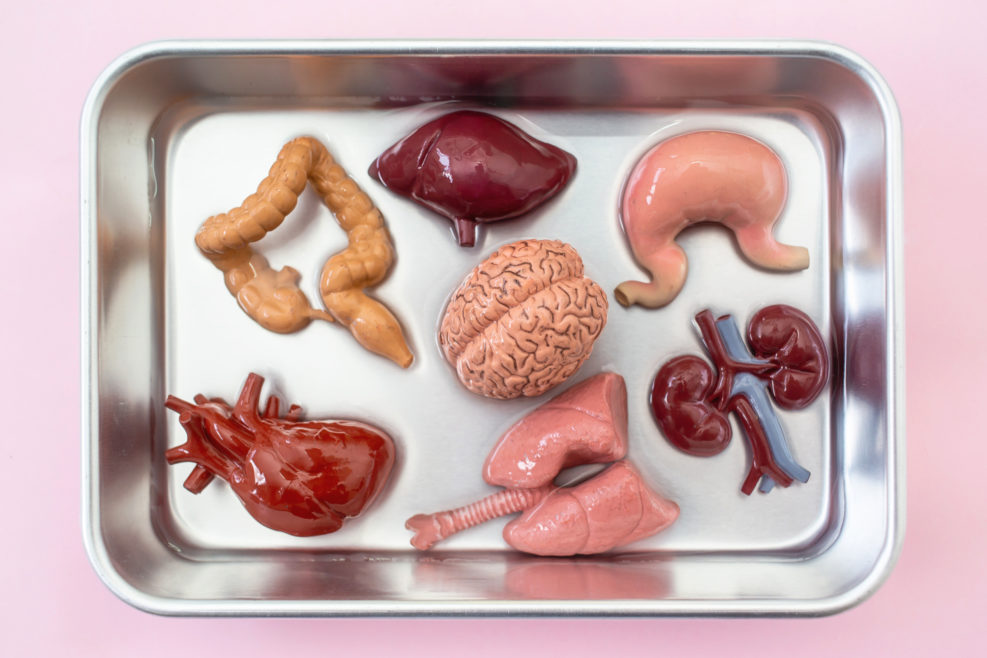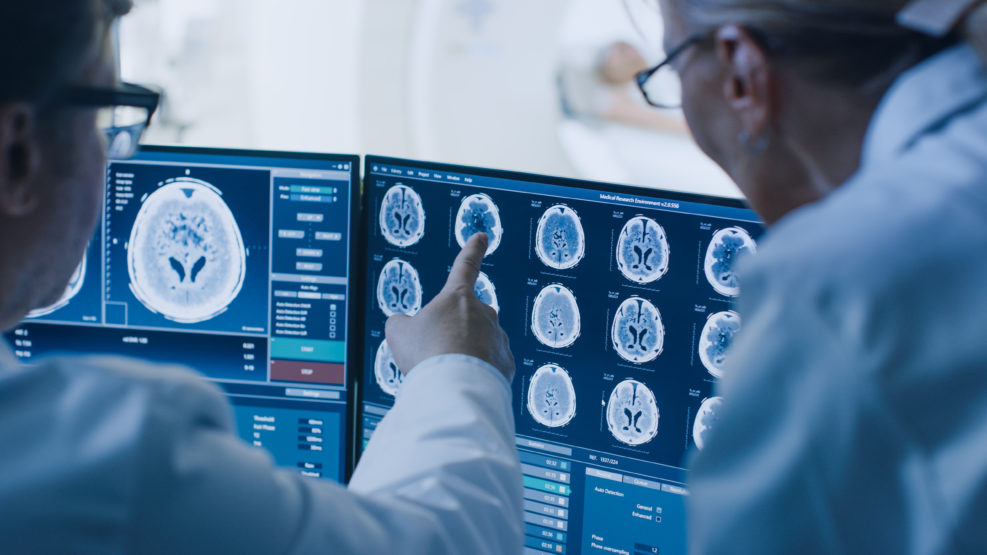
Firefly Episode 12: Kaylee Falls For a Recently Undead Man
Further thoughts on the strange developments regarding the organ harvesterLast time, we reflected on the fact that the crew of the Firefly was given a body in the mail. It turned out the man in the coffin had faked his own death. When he woke up, Kaylee, who was having another spat with Simon, decided to fall in love with the recently undead man. This was infuriating and confusing but the show doesn’t give us much time to dwell the implications. While the organ smuggler is telling his tale, the writers suddenly remember that the bad guys have been shooting at the ship this entire time. So, after some superficial shaking on the part of Serenity, the plot trudges on before the viewer can ask any questions. Meanwhile, Serenity Read More ›


















